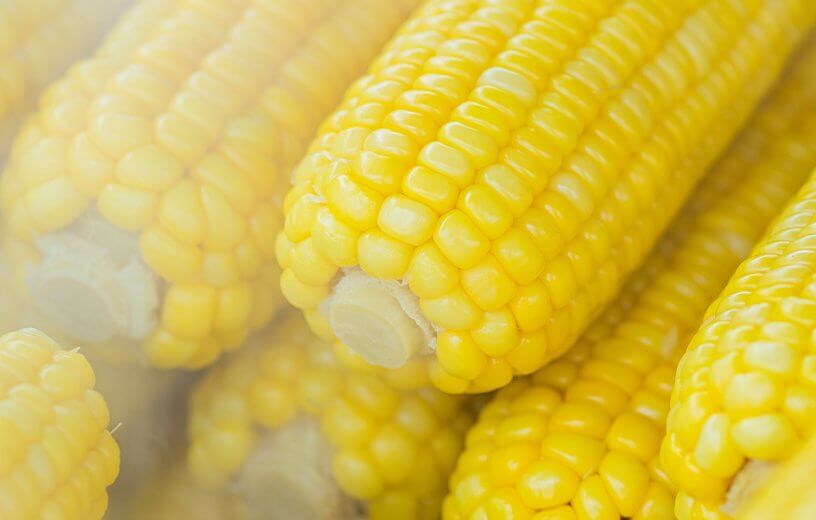ITHACA, N. Y. — Corn is among the most widely consumed grains on the planet. On a global scale, the average human will consume 70 pounds of corn each and every year! That’s a whole lot of corn that needs to be grown each year, and that’s not even accounting for corn being grown for animal consumption and biofuel. Just like many other popular foods, farmers are finding it difficult to keep up with all that demand.
Of course, complicating matters is the fact that corn is a tropical plant, meaning it is very sensitive to cold weather and thus farmers are unable to produce it during the colder months of the year in more temperate climates. Now, researchers from Cornell University’s Boyce Thompson Institute have developed their own solution: a new variation of corn that recovers much more quickly after being exposed to cold temperatures.

If this new variation of corn proves to be viable, it could revolutionize and increase global production, allowing more areas to grow corn, and farmers to produce greater quantities.
“In the field, chilling stress happens most often in the spring when cold temperatures combine with strong sunlight, causing plants to bleach,” comments lead researcher David Stern, president of the Boyce Thompson Institute, in a release. “So a more chilling-tolerant corn could help farmers plant earlier in the year with confidence that their crop would survive a cold spell and bounce back quickly once the weather warmed up again.”
Stern and his team made this incredible breakthrough by building off of research originally published two years ago. That study had discovered that increasing the levels of an enzyme called Rubisco in plants caused them to grow at a more rapid rate and reach larger sizes. Rubisco helps plants turn atmospheric carbon dioxide into sugar. Regarding corn specifically, rubisco levels in corn drop considerably in cold weather.
This time around, the research team planted a large group of corn plants, and provided a portion of the group with more Rubisco. Then, they allowed all the plants to grow for three weeks at 77 degrees Fahrenheit (normal growing temperature for corn) before dropping the temperature to 57 degrees Fahrenheit for two more weeks. Finally, they heated things up back up again to 77 degrees.
“The corn with more Rubisco performed better than regular corn before, during and after chilling,” explains first author Coralie Salesse-Smith, a postdoctoral researcher at the University of Illinois. “In essence, we were able to reduce the severity of chilling stress and allow for a more rapid recovery.”
All in all, the corn with more Rubisco had higher photosynthesis rates at all temperatures, and was also able to recover from the colder temperatures more quickly and with less damage done. The Rubisco corn plants grew to be taller, and actually developed more mature ears of corn quickly after experiencing cold temperatures.
These results are, needless to say, very promising. However, Stern and his team say they are still working on perfecting their approach.
“The corn we developed isn’t yet completely optimized for chilling tolerance, so we are planning the next generation of modifications,” Stern concludes. “For example, it would be very interesting to add a chilling-tolerant version of a protein called PPDK into the corn and see if it performs even better.”
The study is published in Plant Biotechnology Journal.
